The cycle of intergenerational trauma in East Asian families often feels like a hauntingly familiar script—one where the same emotional wounds get passed down like heirlooms, despite each generation's desperate attempts to rewrite the story. This phenomenon isn’t merely about cultural tradition; it’s a complex interplay of historical baggage, unspoken grief, and survival mechanisms that calcify into familial norms. The repetition isn’t accidental. It’s a survival loop, where pain becomes the only language everyone understands.
To outsiders, East Asian families might appear rigid or emotionally reserved, but beneath the surface lies a labyrinth of unprocessed trauma. Colonialism, war, famine, and rapid industrialization have left deep scars that were never properly addressed. Instead of healing, these wounds were buried under layers of stoicism and practicality. Parents who endured hardship learned to equate vulnerability with danger, so they raised their children with the same emotional armor—not out of malice, but because it was the only blueprint they had.
The silence is deafening. In many households, love is expressed through sacrifice and high expectations, not through words or physical affection. A child’s academic success becomes the family’s emotional currency, a way to compensate for past suffering. But this transactional dynamic often leaves children feeling like they’re perpetually indebted, their self-worth tied to achievements rather than inherent value. The trauma doesn’t disappear; it simply morphs into a new form.
What makes this cycle particularly insidious is its invisibility. Unlike physical abuse, emotional neglect or conditional love doesn’t leave visible bruises. A parent might genuinely believe they’re giving their child a better life by pushing them toward material success, unaware that they’re replicating the same emotional starvation they once endured. The child, in turn, grows up believing this is how love operates—a never-ending cycle of proving oneself worthy of affection.
Breaking the cycle requires confronting what has long been unspoken. For many East Asians, therapy is still stigmatized, seen as a Western concept ill-suited to their cultural context. But the truth is, trauma doesn’t discriminate based on culture. The first step is acknowledging that pain exists, even if it’s been normalized across generations. It means recognizing that a parent’s harsh words might stem from their own unhealed wounds, not from a lack of love.
Some families are beginning to challenge these patterns. Younger generations, exposed to global conversations about mental health, are questioning the emotional frameworks they inherited. They’re learning to set boundaries, to vocalize their needs, and—most radically—to forgive without forgetting. This shift isn’t about blaming previous generations; it’s about understanding that trauma is a relay race nobody signed up for, and the baton can be laid down.
The irony is that East Asian cultures have always contained the seeds of healing. Concepts like filial piety and collective harmony, when divorced from toxic interpretations, emphasize connection and mutual care. The goal isn’t to reject cultural roots but to reclaim them—to transform generational trauma into generational wisdom. It starts with one person saying, "This ends with me."
Change won’t happen overnight. The scripts are deeply ingrained, and the fear of disrupting familial harmony runs deep. But every small act of defiance against the old narrative—a heartfelt conversation, a refusal to perpetuate shame, a choice to prioritize emotional honesty—weakens the cycle’s grip. The trauma may have been inherited, but so is the resilience. And that, perhaps, is where the new story begins.
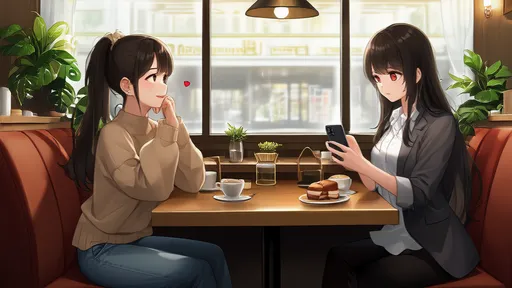
By /Jun 17, 2025
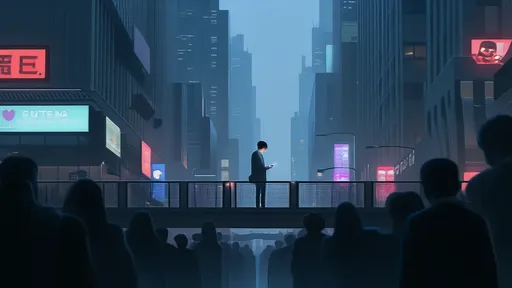
By /Jun 17, 2025
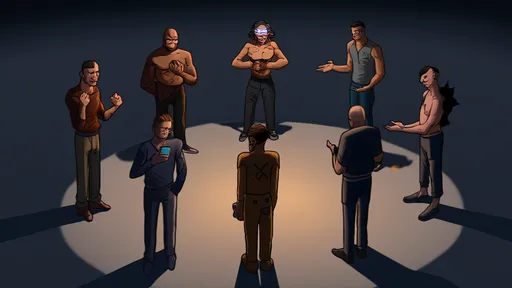
By /Jun 17, 2025

By /Jun 17, 2025

By /Jun 17, 2025

By /Jun 17, 2025
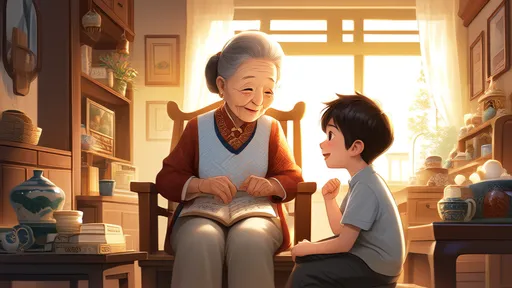
By /Jun 17, 2025

By /Jun 17, 2025
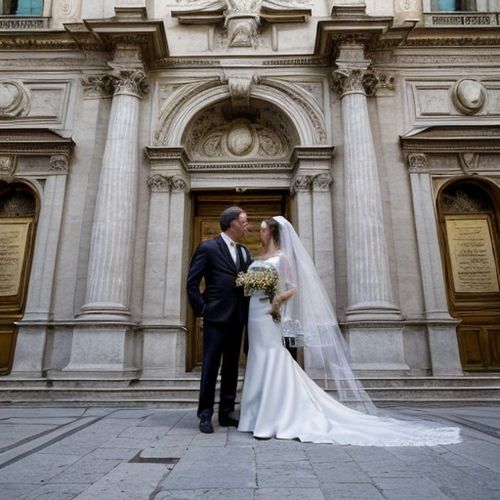
By Sophia Lewis/Apr 19, 2025
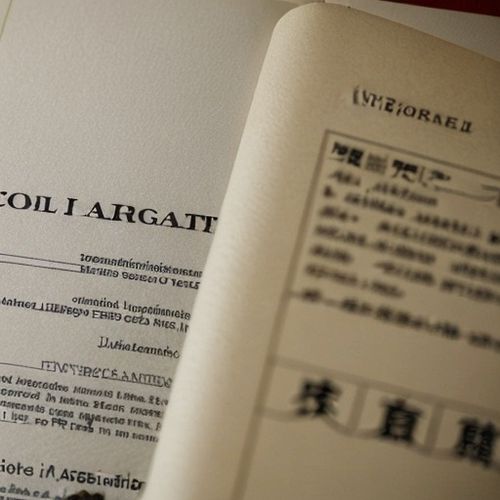
By Elizabeth Taylor/Apr 19, 2025

By James Moore/Apr 19, 2025

By Rebecca Stewart/Apr 19, 2025
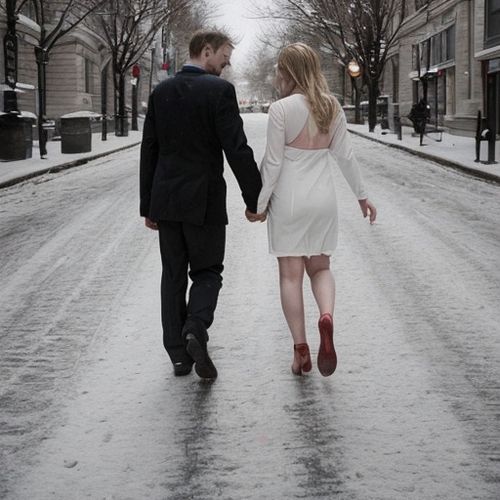
By Ryan Martin/Apr 19, 2025

By James Moore/Apr 19, 2025
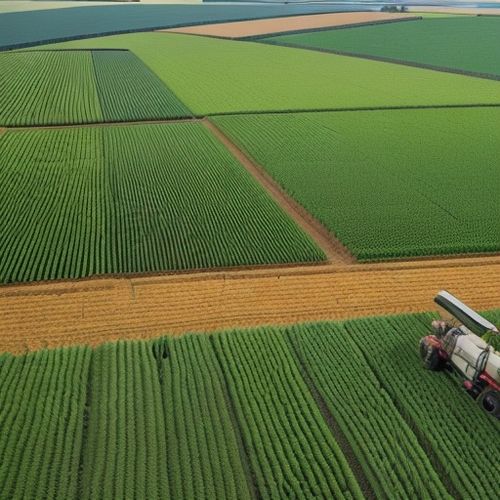
By Sarah Davis/Apr 19, 2025
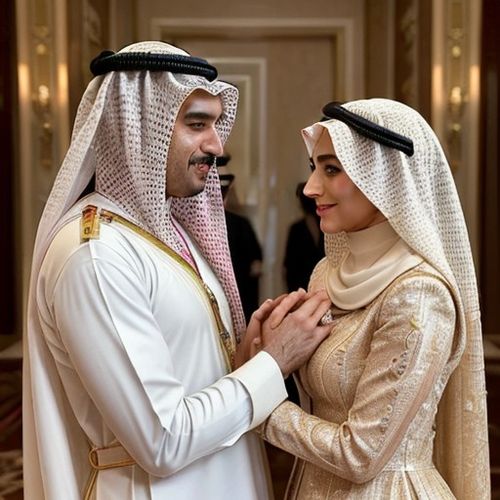
By George Bailey/Apr 19, 2025

By James Moore/Apr 19, 2025

By Amanda Phillips/Apr 19, 2025